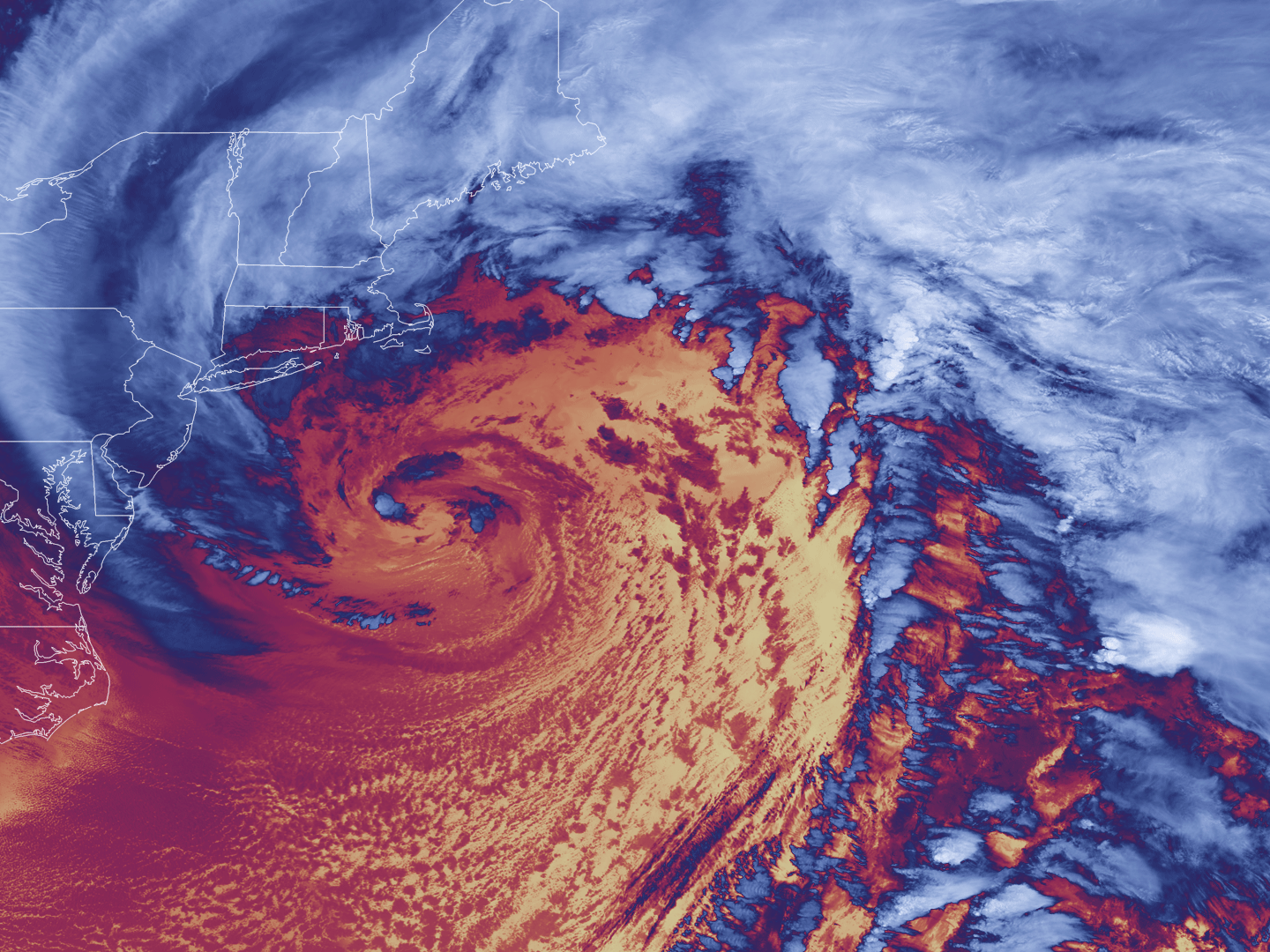‘Bomb cyclone’ triggers 75ft wave off California coast
A ‘bomb cyclone’ refers to a steep drop in air pressure within a storm in a matter of hours, causing 74-95 mph winds

A 75ft wave was recorded off the Californian coast after a ‘bomb cyclone’ pounded the West Coast during Thanksgiving week.
Scientists from the University of California said it was the tallest wave they had documented in the last 15 years.
The Coastal Data Information programme noted the storm generated some of the largest waves ever recorded, with the behemoth wave measured at Cape Mendocino on 26 November.
Typically, the program found the average height of “significant” waves do not exceed 10ft during the winter.
Programme manager James Behrens told CNN waves of the huge proportions seen last month were “definitely unusual” and normally only found in the open sea where strong winds are generated.
He said the only waves measured to be taller than this one were located at the programme’s other station in the remote North Pacific Ocean, where extreme waves are more common.
A "bomb cyclone" – also known as explosive cyclogenesis or a weather bomb – refers to a steep drop in air pressure within a storm in a matter of hours, resulting in 74mph to 95mph winds.
Over Thanksgiving week, the storm dumped rain and snow on the West Coast and set low – pressure records in northern California and parts of Oregon, said the National Weather Service.
Hurricane-strength winds of 106mph were recorded in Cape Blanco, Oregon, on the same day the 75ft wave.
Join our commenting forum
Join thought-provoking conversations, follow other Independent readers and see their replies
Comments
Bookmark popover
Removed from bookmarks